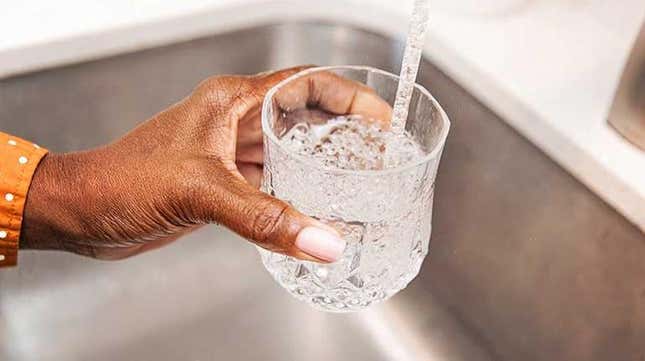
Regulators in California have approved the use of advanced filtration and treatment facilities that would convert sewage waste into pure drinking water. In addition, that water would be feed into systems for millions of households via tap.
This development comes as California continues to face terrible droughts due to climate change. However, knowing that Black and brown communities are the populations negatively impacted the most when it comes to environmental issues, the one question on everyone’s mind is: Is it safe?
According to Reuters, “a number of communities have for years been blending highly purified wastewater into aquifers and reservoirs before people can drink it, a practice known in the parlance of engineers and resource managers as ‘indirect potable reuse.’”
E. Joaquin Esquivel, chairman of the State Water Board, explained in a statement:
“This is an exciting development in the state’s ongoing efforts to find innovative solutions to the challenges of extreme weather driven by climate change. On top of helping us build drought resilient water supplies, direct potable reuse offers energy savings and environmental benefits. And most importantly, these regulations ensure that the water produced is not only safe, but purer than many drinking water sources we now rely on.”
Six years ago, a deadline was set for the state to adopt regulations for reusing sewage water by the end of 2023. The 62-page document outlines the state’s plan for moving forward which includes any water being recycled must undergo three separate treatment processes, be monitored and treated for pathogens.
Though this idea may sound jarring, it’s hardly new. Windhoek, the capital of Namibia (an African country known for its dry climate) in Africa, was the first city in the world to execute wastewater recycling more than three decades ago.
The majority of the wastewater in California is reused now through outdoor irrigation, agriculture, or for facilities where treated water soaks into the ground to restore aquifers.
Other states, like Texas, started operating its first direct potable reuse facility in 2013. Earlier this year, Colorado introduced guidelines for the use of wastewater for drinking.

